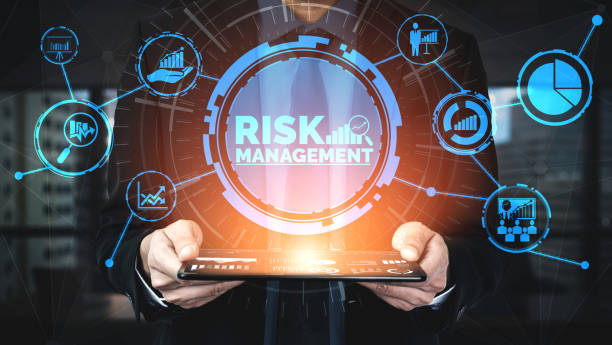In today’s fast-paced and interconnected business landscape, organizations face an array of risks that can jeopardize their growth, reputation, and even existence. To navigate these uncertainties effectively, businesses need a comprehensive approach known as Integrated Enterprise Risk Management (IERM). By integrating risk management practices across all levels and functions, IERM empowers organizations to proactively identify, assess, and mitigate risks, enabling them to seize opportunities while safeguarding their long-term success.
Understanding Integrated Enterprise Risk Management:
Integrated Enterprise Risk Management (IERM) is a holistic framework that enables organizations to manage risks proactively and strategically. It goes beyond traditional risk management approaches by integrating risk identification, assessment, and mitigation strategies across all aspects of the organization. IERM encompasses various dimensions of risk, including operational, financial, strategic, reputational, compliance, and cybersecurity risks.
The key principles of IERM involve:
a) Enterprise-Wide Risk View: IERM ensures that risks are considered comprehensively across the entire organization rather than being siloed within specific departments or functions.
b) Strategic Alignment: IERM aligns risk management practices with the organization’s strategic objectives, enabling informed decision-making and resource allocation.
c) Risk Culture: IERM promotes a risk-aware culture, where every employee understands their role in risk management and actively contributes to identifying and mitigating risks.
Integrated Enterprise Risk Management Advantages:
Implementing IERM can yield numerous benefits for organizations. Some key advantages include:
a) Enhanced Risk Awareness: IERM promotes a proactive approach to risk identification and assessment, allowing organizations to anticipate potential threats and capitalize on emerging opportunities. This heightened risk awareness empowers businesses to stay ahead of the curve and adapt swiftly to changing market conditions.
b) Improved Decision-making: By integrating risk management into strategic decision-making processes, IERM enables organizations to make well-informed choices that balance risk and reward. It ensures that risks are considered alongside potential benefits, leading to more effective and resilient decision-making.
c) Cost Optimization: IERM helps organizations optimize resource allocation by identifying areas of high risk and prioritizing risk mitigation efforts. This proactive approach minimizes costly surprises and allows businesses to allocate their resources efficiently.
d) Strengthened Stakeholder Confidence: A robust IERM framework enhances trust and confidence among stakeholders, including investors, customers, and regulatory bodies. Demonstrating a strong commitment to risk management instills confidence in the organization’s ability to navigate uncertainties and safeguard stakeholders’ interests.
e) Competitive Advantage: Organizations with effective IERM systems gain a competitive edge by being better equipped to manage risks and seize opportunities. They can respond more swiftly to market disruptions, adapt to regulatory changes, and deliver on their promises, strengthening their position in the marketplace.
Implementing Integrated Enterprise Risk Management:
Implementing IERM requires a systematic and collaborative approach. Here are some key steps to consider:
a) Establishing Governance: Organizations should establish a dedicated risk management governance structure, including a risk committee or board oversight, to provide guidance, accountability, and oversight for risk management activities.
b) Risk Identification and Assessment: Identify and assess risks across all dimensions of the organization. This involves engaging stakeholders, conducting risk assessments, and utilizing risk identification techniques such as scenario analysis and risk mapping.
c) Risk Mitigation Strategies: Develop risk mitigation strategies that align with the organization’s objectives and risk appetite. Implement controls, policies, and procedures to minimize risks while considering the costs and benefits of different mitigation options.
d) Communication and Training: Foster a risk-aware culture by communicating the importance of IERM across the organization. Provide training programs to equip employees with the necessary skills and knowledge to identify and manage risks effectively.



